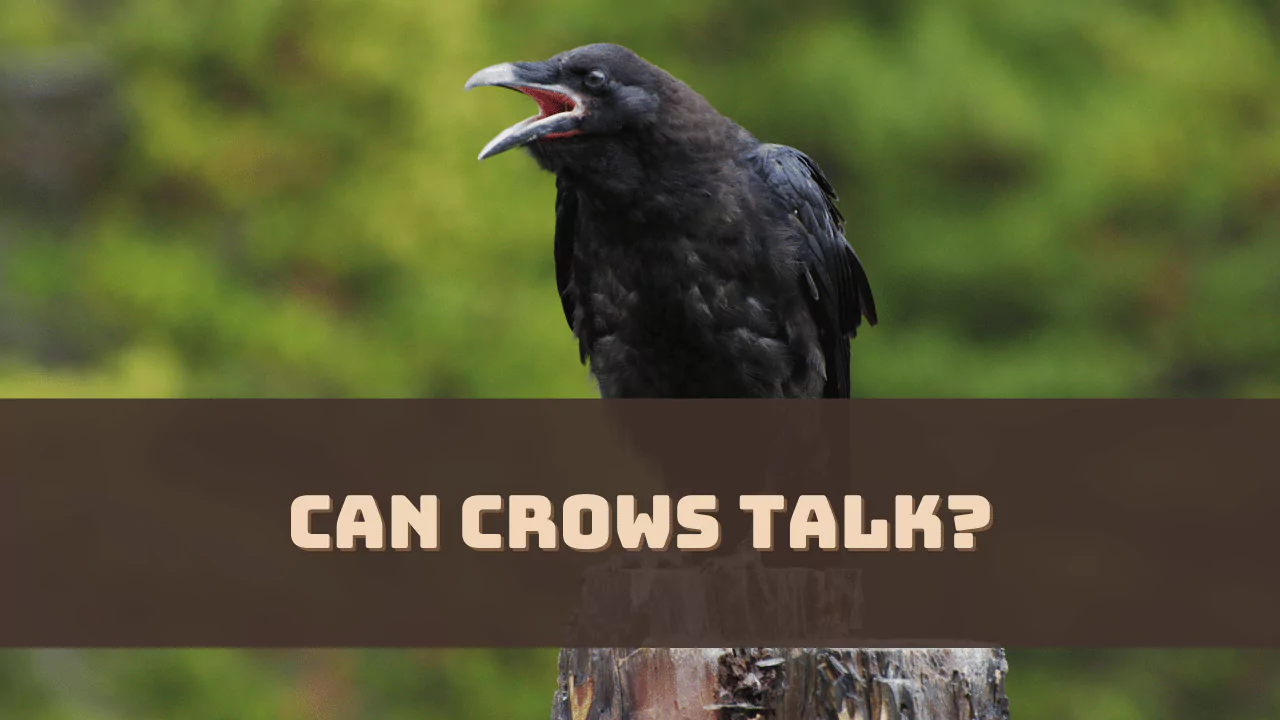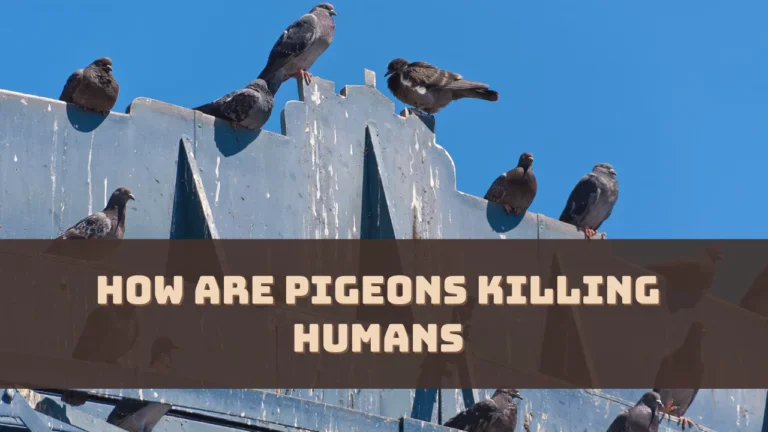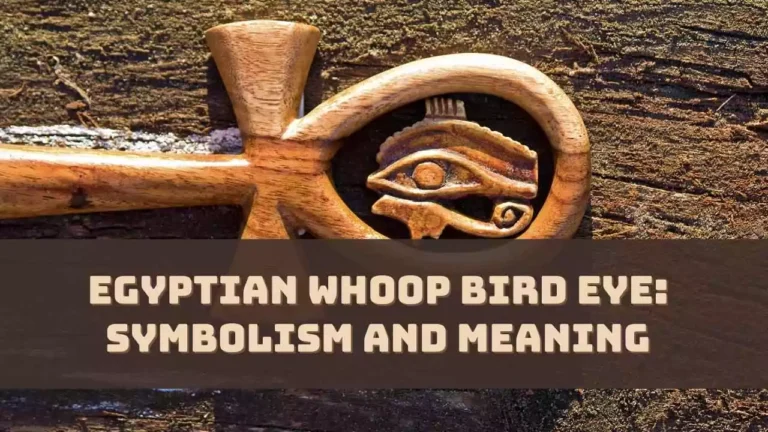Yes, crows can talk, but not in the way humans do. They have their own vocabulary and communication strategies. Crows are smart creatures and use advanced vocalization to communicate with their flock members or other animals, which makes them fascinating.
Crows make a variety of noise, including high-pitched squawks, low-pitched rattles, and repetitive croaks. They also have the ability to learn from the environment and adapt to sudden changes. They have distinct calls for different purposes.
They cannot communicate with humans, but based on certain human speech, they can respond by mimicking the words, mostly for the ones kept in captivity. They can learn more than 100 sounds, which include human-made speech, birds, animals, and even cars and buses.
So, let’s dig deep and get to know about the different vocalization and communication abilities of the crows.
Does a Crow Have the Ability to Talk?
Crows are known for their outstanding ability to communicate as they have impressive language skills. They can produce speech like hello, talk, help, and goodbye, by mimicking or imitating human speech. They have a unique form of vocal learning which helps them to communicate with other members of the flock and also with other bird and animal species.
The important aspect of vocalization used by the crows is producing speech similar to humans. They might not be able to imitate complex words or sentences but being an intelligent bird can convey the message through distinct vocalization. They can also imitate the sounds that they pick up in the environment. With the everyday learning process, crows acquire new sounds and use them in their vocal repertoire. They also have the capability to expand their vocalization range.
Crow’s Vocal Anatomy – Explained
Crows can produce speech-like sounds due to their vocabulary anatomy which is also known as syrinx. This is a highly specialized vocal organ that is found at the base of the trachea and is responsible for sound production and controlled airflow. This anatomical structure helps them to produce different sounds that vary in pitch, rhythm, and duration and also convey messages with great accuracy.
The larynx or the voice box allows the crow to control the volume and tone of the sound as it houses vocal cords, whose vibration is responsible for the vocalization. On the other hand, syrinx allows the vocal organ to create a versatile range of sounds.
Crows use their vocalization for different purposes, such as – warning other flock members about any threat, establishing or defending territory, calling out to mates, or sharing specific information with other birds or animals. This proficiency in mimicking helps them to adapt to the environment quite easily.
How do Crows Communicate?
Crows have complex communication strategies, where they use a diverse range of vocalization and also have the ability to mimic sound. They are heard cawing, clicking, cooing, and creating different types of sounds which are translated into a message. The crows communicate about threats, food sources, or bonding with other flock members. They also have the ability to mimic car alarms and human voices which helps them to bond with their own species as well.
Can Crows Recognize Human Faces?
Yes, based on the latest research, it has been found that crows can communicate with humans and also recognize their faces. Though they cannot communicate on a one-to-one basis with humans, they can definitely associate with specific vocal signals and respond accordingly.
Their cognitive flexibility helps them to identify which vocals are rewards and which are threats. They also remember faces and recognize individuals based on their vocals, thus they get to know who helped them or who was a potential threat to them in the past. This ability also helps them to make informed decisions and how they would respond in the future.
How Intelligent are Crows?
Studies reveal that crows can solve complex puzzles and also grab food from hard-to-reach places using tools. They are also seen to drop nuts on busy roads to crack them up or use a bent wire to pull the food from a narrow slit. Crows exhibit excellent intelligence and incredible memory.




